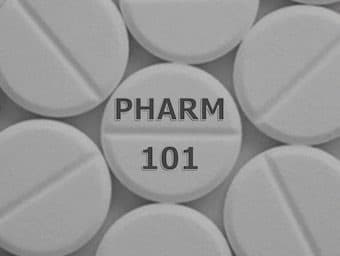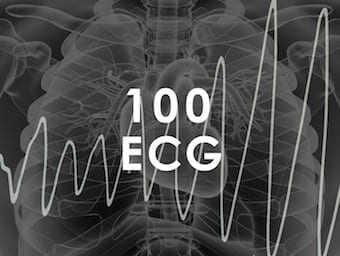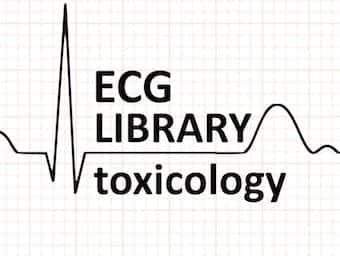
Pharm 101: Digoxin
ACEM Primary Pharmacology of Digoxin: the Pharmacokinetics; Pharmacodynamics; Clinical uses; Adverse effects

ACEM Primary Pharmacology of Digoxin: the Pharmacokinetics; Pharmacodynamics; Clinical uses; Adverse effects

Funtabulously Frivolous Friday Five 303 - Just when you thought your brain could unwind The medical trivia FFFF.

Funtabulously Frivolous Friday Five 208 - Just when you thought your brain could unwind on a Friday, some medical trivia FFFF.

70 yr old male who presented with general lethargy and postural dizziness. He has a collapse the evening prior and recently had a diarrhoeal illness. His medications include warfarin, metoprolol, frusemide, allopurinol, colchicine and digoxin. Describe and interpret this ECG. LITFL Top 100 ECG

Acute digoxin poisoning manifests with vomiting, hyperkalaemia and brady-tachyarrhythmias potentially leading to death, whereas chronic digoxin toxicity is far more insidious, still with gastrointestinal symptoms but in addition bradycardia and automaticity on the ECG.

Administration of intravenous calcium has traditionally been considered a contra-indication for the treatment of hyperkalemia in the presence of digoxin toxicity. This is based on the ‘Stone Heart’ Theory: calcium may lead to an irreversible non-contractile state, due to impaired diastolic relaxation from calcium-troponin C binding

Digibind: trade name for digoxin antidote containing Digoxin-specific antibody Fab fragments; prudent to administer based on a considered risk assessment and before the life-threatening manifestations of digoxin toxicity develop

Digoxin toxicity is characterised by gastrointestinal distress, hyperkalemia and life-threatening dysryhthmias, including increased automaticity and AV nodal blockade

CLASS MECHANISM OF ACTION DIRECT:inhibition of Na/K ATPase on the cell surface-> increased intracellular Na+ and increased extracellular K+-> increased intracellular Ca2+ due to Na+/Ca2+ antiporter-> calcium-medated inotropy and increased automaticity, as well as negative dromotropy due to decreased intracellular K+ INDIRECT…

Digoxin toxicity ECG changes with dysrhythmias. Review of EKG features of digoxin toxicity and cardiotoxicity with example EKG
the case. 87 year old female presents to your ED following an intentional overdose. She tells you that approximately 4 hours ago she ingested ‘most of [her] digoxin tablets’ that she bought earlier in the afternoon.